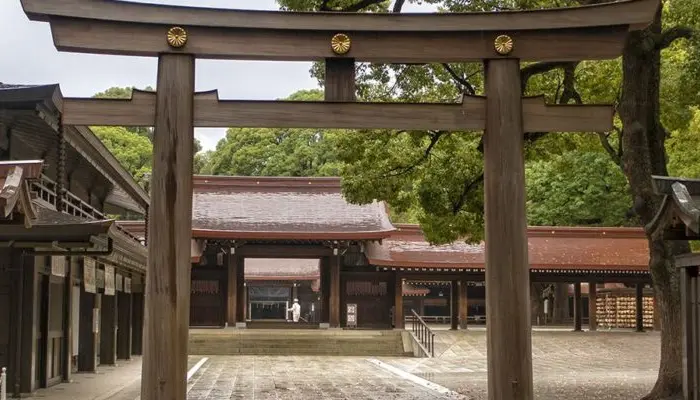Before you start planning your days in Tokyo, it's best to familiarize yourself with our list of must-visit places in Tokyo to decide which areas you're most interested in and which ones you'll eventually decide to skip if you don't have time for everything. Our map of Tokyo will surely help you too.
Senso-ji Temple
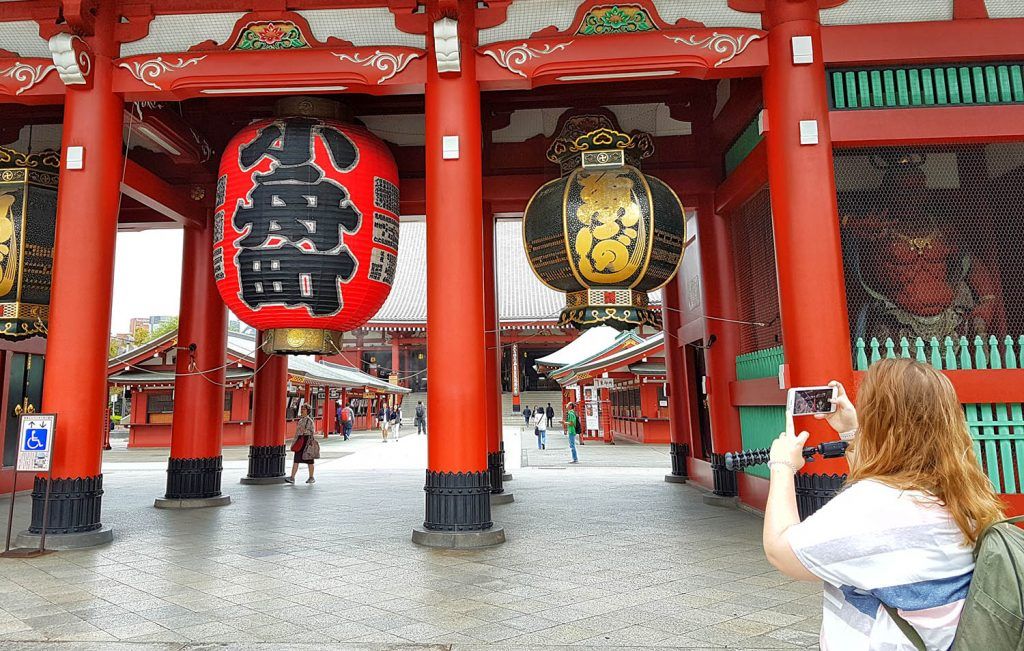
This ancient Buddhist temple in the Asakusa district was founded in 628 AD, making it Tokyo's oldest temple. The main attraction is the majestic Kaminarimon Gate ("Thunder Gate") with its huge paper lantern measuring 4.5 meters high. Beyond the gate is the main temple building, surrounded by incense burners. Along both sides of the central alley are numerous stalls with street food and souvenirs. The atmosphere around the temple is imbued with the spirit of old Japan.
Meiji Jingu Shrine and Yoyogi Park
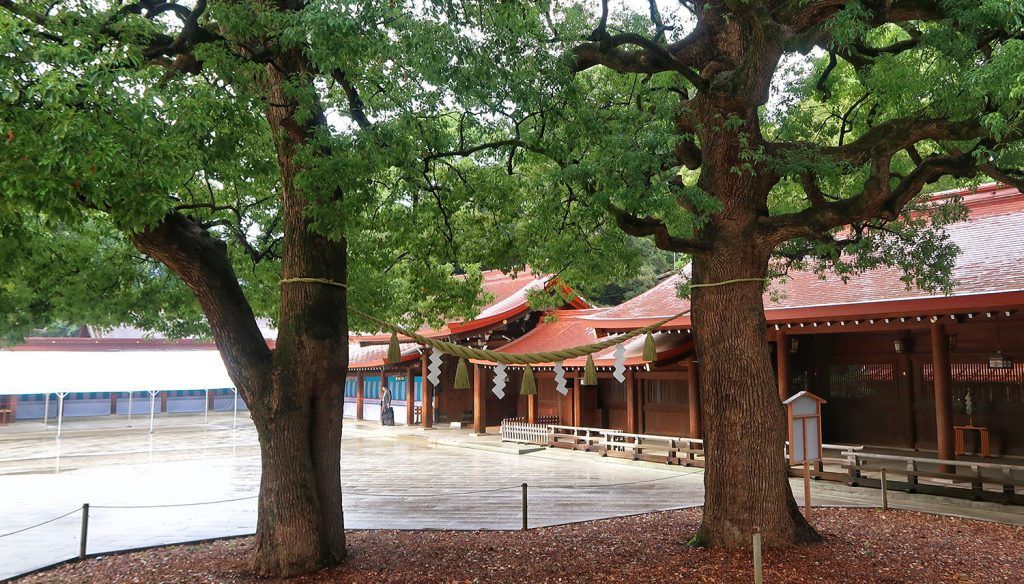
Meiji Jingu is one of the most revered Shinto shrines in Japan, dedicated to the spirits of Emperor Meiji and his wife. A massive 12-meter high entrance torii leads to numerous temple buildings made of cypress wood. Paying homage here is considered a great honor for the Japanese. Nearby is the extensive 54-hectare Yoyogi Park - an oasis of greenery in the heart of Tokyo. Here you can rent a bicycle, do yoga on the lawns, or simply enjoy a quiet walk.
Akihabara "Electric Town"
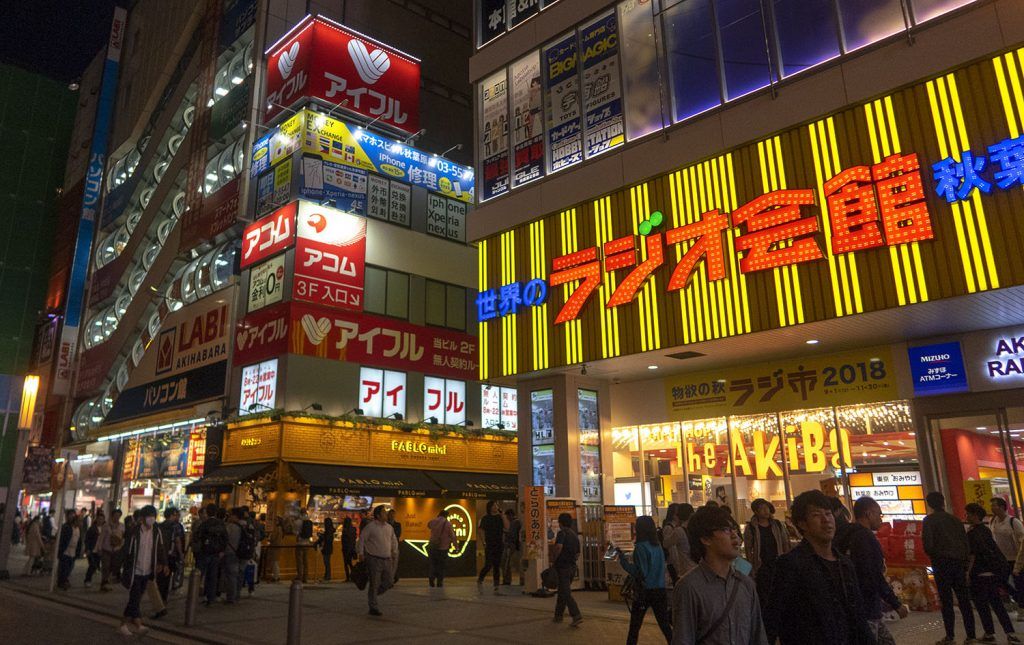
Akihabara is the epicenter of geek madness for anime, manga, figurines, and video game enthusiasts. The entire district is a labyrinth of bright signs, multi-story electronics and toy stores, maid cafes with waitresses in maid costumes, and endless gaming centers with hundreds of arcade machines and popular "claw machines" for prize-winning.
Shibuya and Its Crossing

Shibuya is one of Tokyo's most vibrant areas, known for its iconic huge crossing. Tens of thousands of pedestrians cross it daily from all sides under the glittering neon signs. In addition to shopping centers and restaurants, there is the popular statue of Hachiko, symbolizing loyalty. The youth district of Harajuku, known for its eccentric fashion, is located nearby.
Hamarikyu Gardens
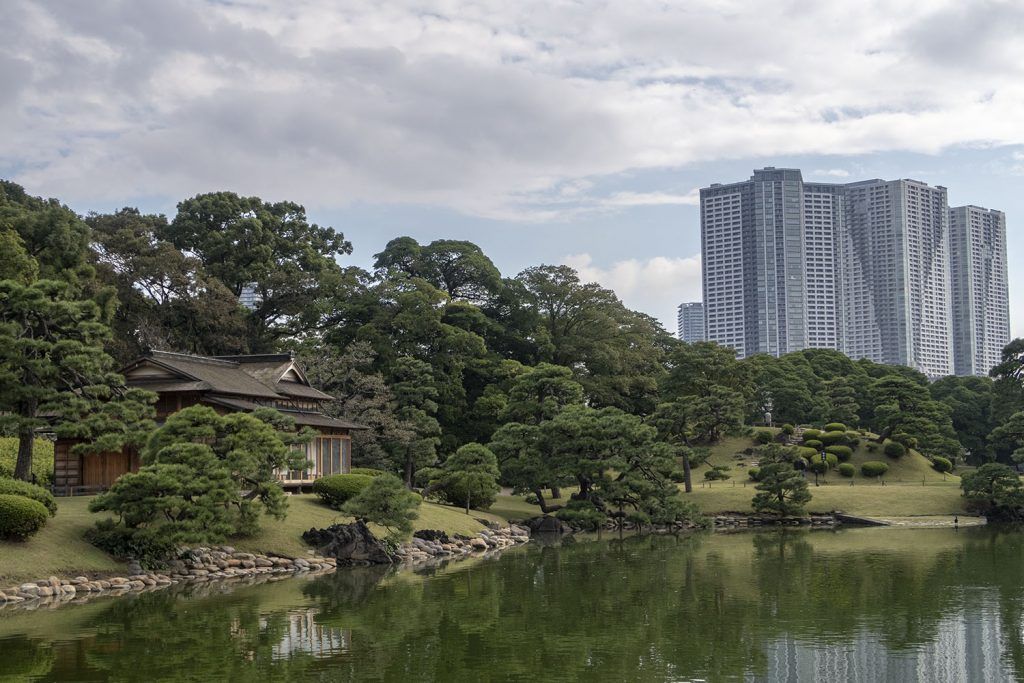
These traditional landscape gardens located near Tokyo Bay are stunning in their beauty and tranquil atmosphere. The grounds feature hills, winding ponds, bridges, whimsical rocks, and islands. A highlight of the gardens is a system of seawater ponds that change levels with the tides. Visitors can admire ancient trees, including a 300-year-old pine tree, and a teahouse on one of the ponds for traditional tea ceremonies.
Tokyo Tower
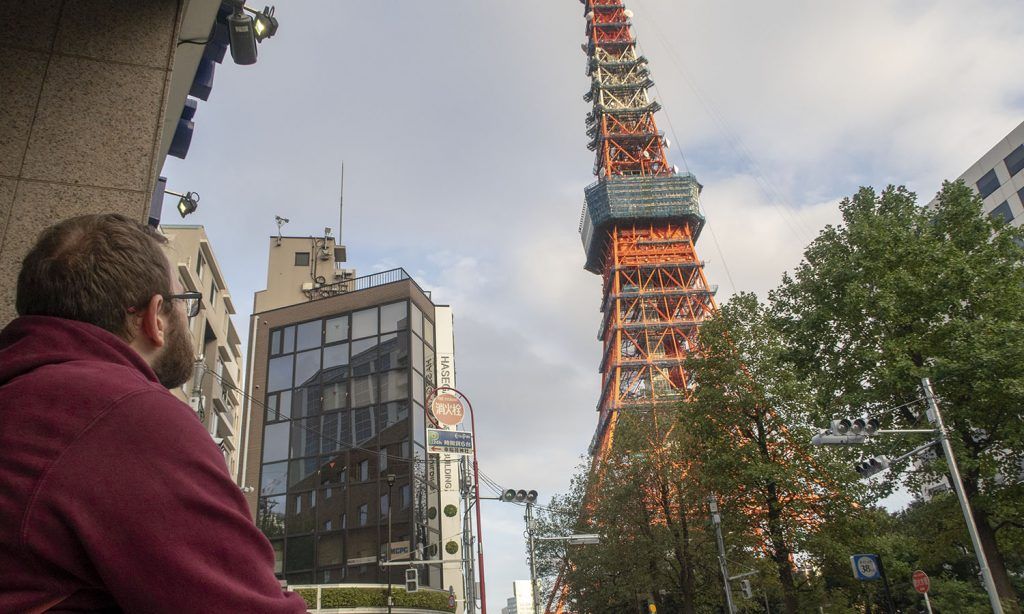
One of Tokyo's most recognizable landmarks, the 333-meter telecom tower, reminiscent of the Eiffel Tower in Paris. In fact, it's slightly taller than its French prototype. Built in 1958, Tokyo Tower has become a symbol of Japan's post-World War II recovery. The observation decks at 150 and 250 meters offer stunning panoramic city views. The tower is beautifully illuminated at night.
Ueno Park
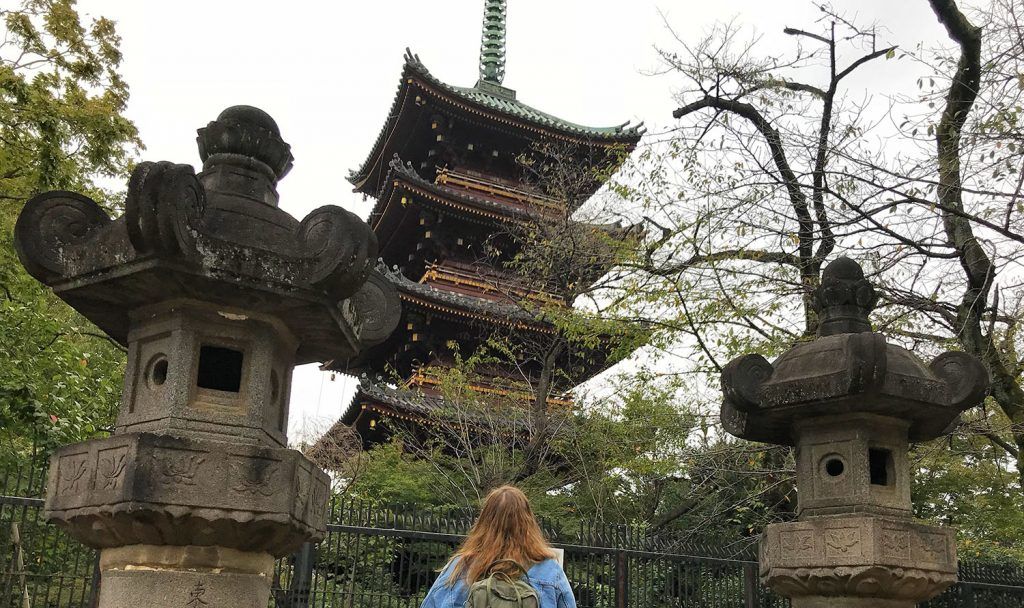
This vast park in central Tokyo, once part of the Edo Shogunate's hunting grounds, is home to several renowned museums. Among them are the Tokyo National Museum with a collection of Japanese art and antiquities, the National Museum of Western Art, the Science Museum, and others. The park also features the Tosho-gu Shinto shrine, Buddhist temples, and popular spots for cherry blossom viewing in spring.
Odaiba
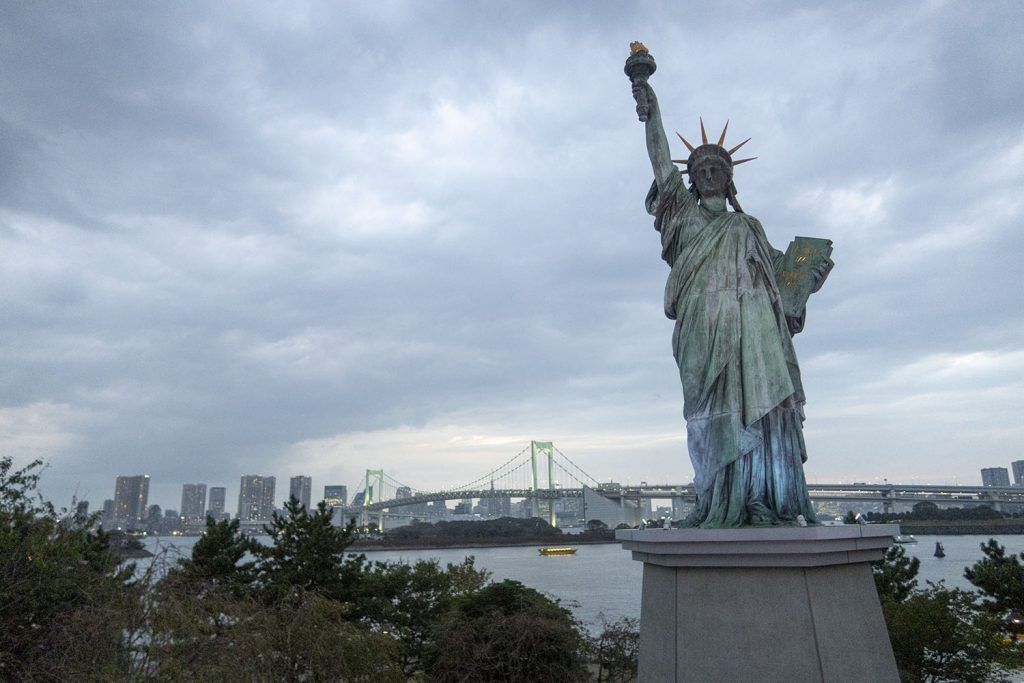
The artificial island of Odaiba in Tokyo Bay continues to be developed with skyscrapers, shopping centers, entertainment complexes, and beaches. One of its main attractions is a 12-meter replica of the Statue of Liberty. From Odaiba's observation decks, there are picturesque views of the Rainbow Bridge and Tokyo's skyline. The island also hosts the Fuji TV office with a spherical observation deck.
Shinjuku
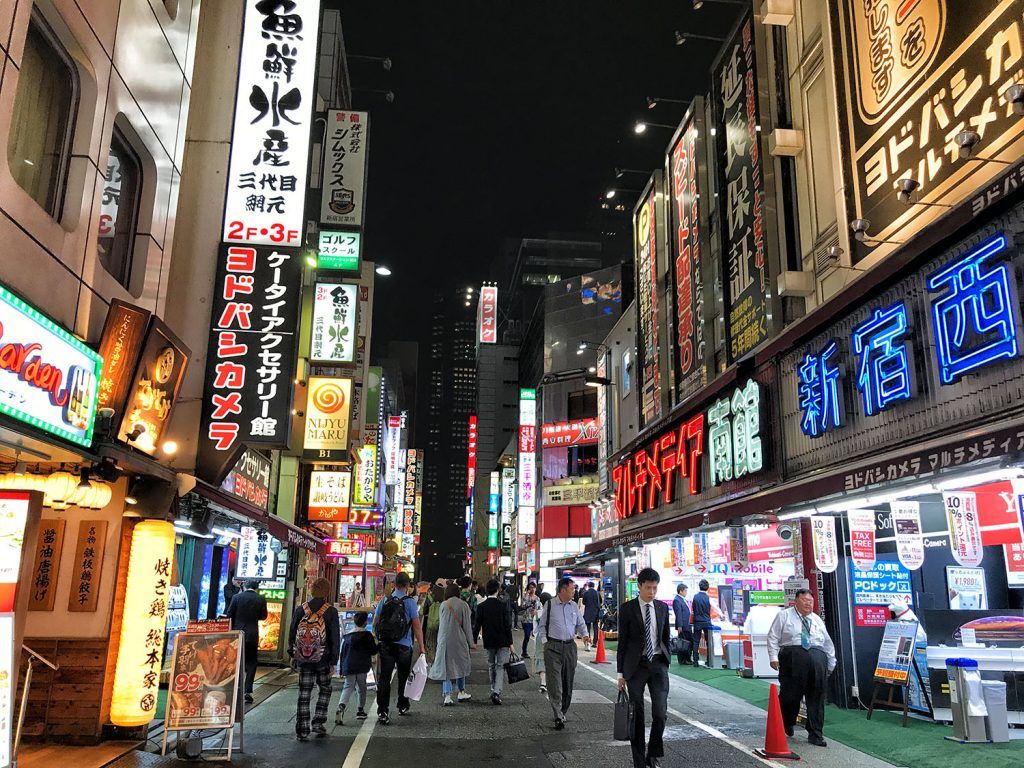
Shinjuku is one of Tokyo's most vibrant and energetic districts, which never sleeps thanks to its neon lights and nightlife. It's filled with skyscrapers, hotels, offices, restaurants, and entertainment venues. Kabukicho, the ultra-busy red-light district with bars, clubs, and host/hostess clubs, is located here. Nearby is Golden Gai, a maze of tiny, old-style drinking establishments. The government skyscraper's observation deck offers a free view of the city lights.
Omoide Yokocho
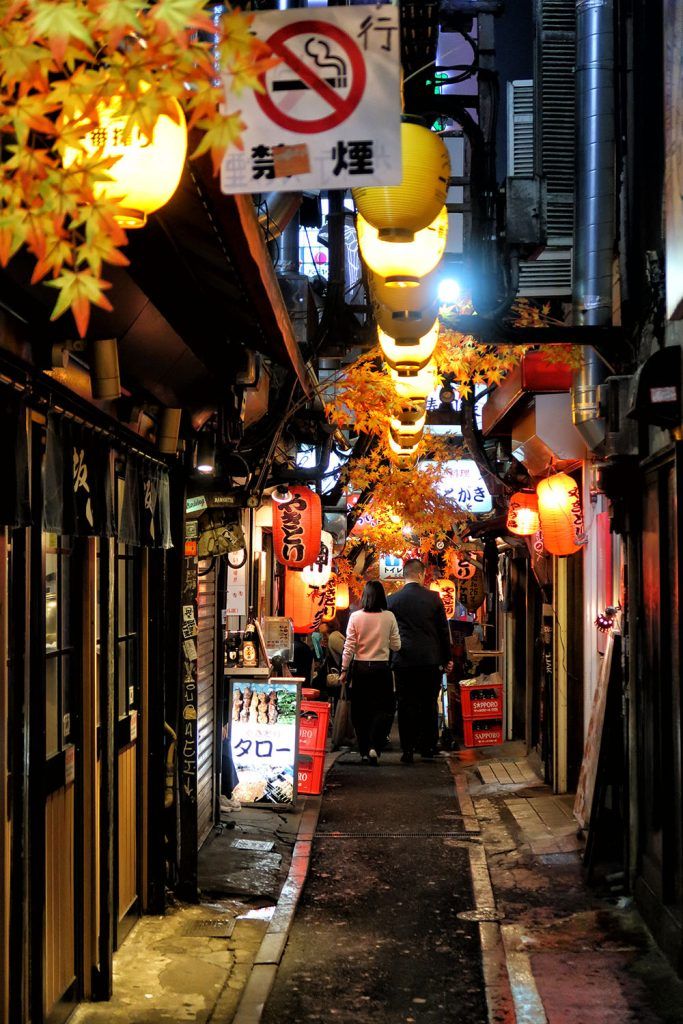
This narrow alley in Shinjuku is considered one of the last remnants of old Tokyo. Along it are closely packed about thirty tiny traditional drinking establishments - izakayas. Here, you can savor authentic Japanese cuisine, enjoy a couple of glasses of beer or sake, and immerse yourself in the unique atmosphere of a street where time seems to have stopped decades ago.
Overall, Tokyo is truly a gigantic and multifaceted city, where old and new Japan coexist side by side. From ancient temples and gardens to modern skyscrapers and neon lights – there's something for everyone in this metropolis. While it may be challenging to see all the major attractions in one trip, we hope this overview helps you plan your journey and not miss the most iconic places. Welcome to the crazy, yet fascinating world of Tokyo!
